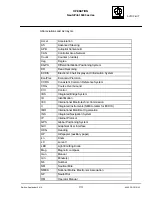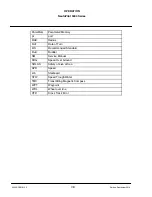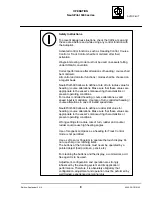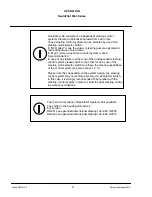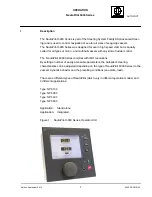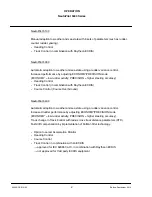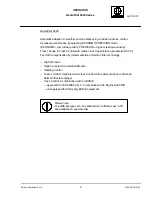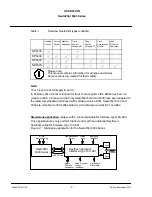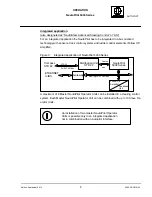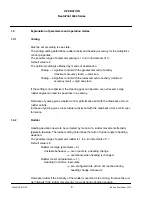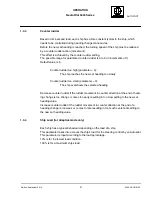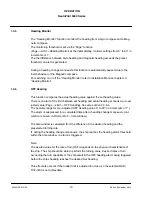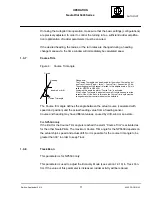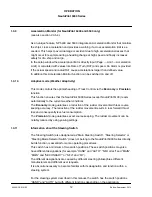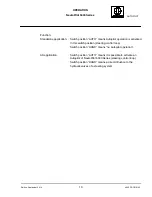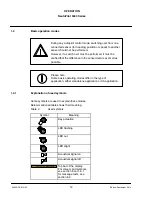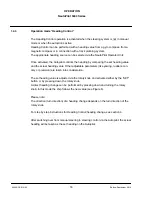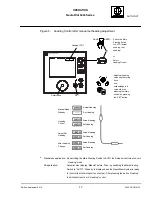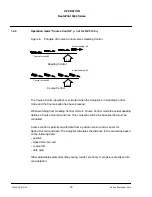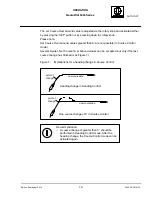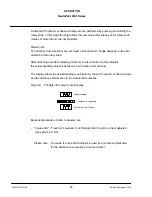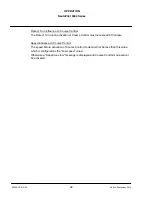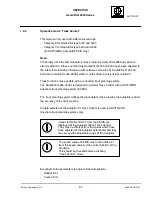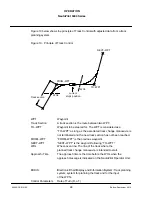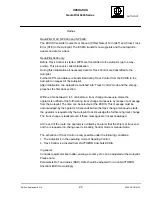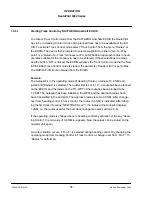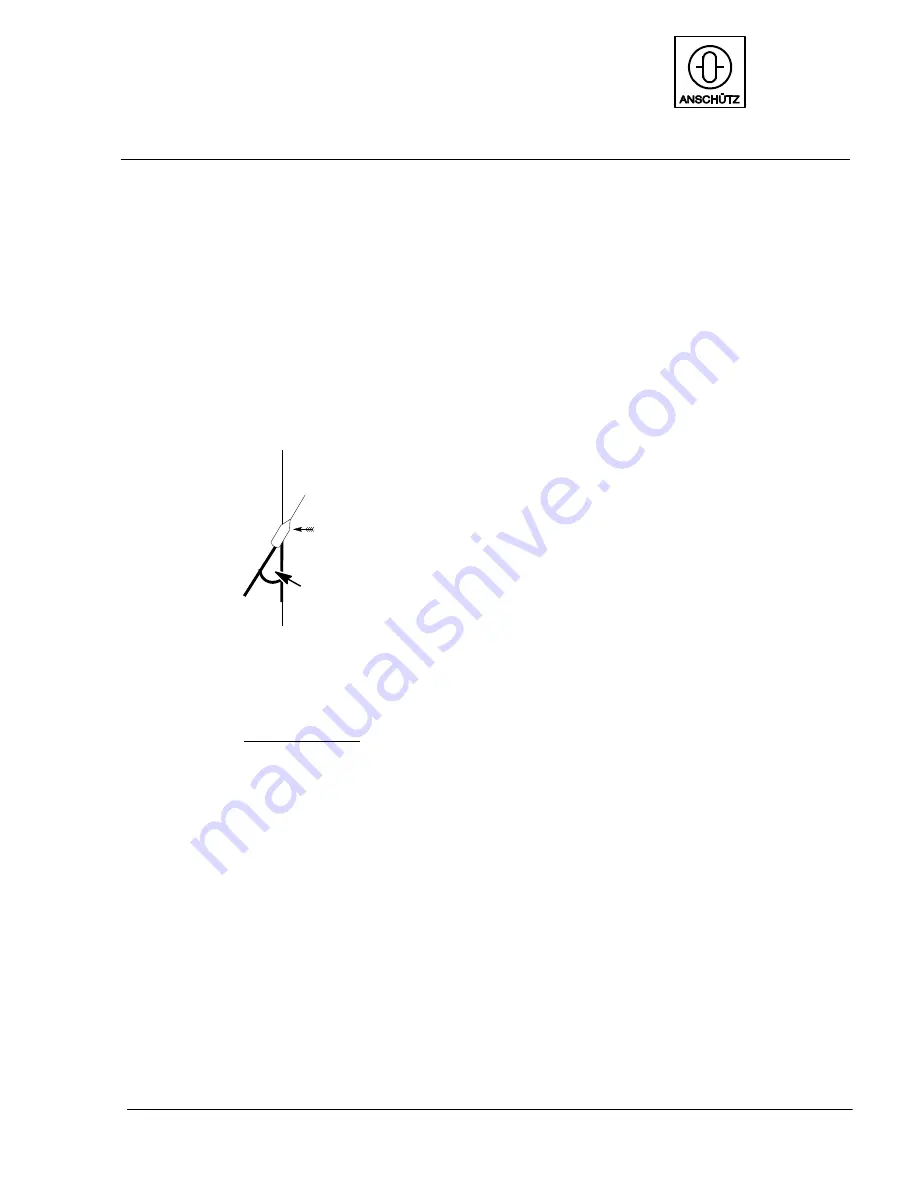
OPERATION
AUTOPILOT
NautoPilot 5000 Series
11
4002.DOC010102
Edition: September 2014
On taking the Autopilot into operation, make sure that the basic settings (configurations)
are precisely adjusted. In order to control the turning rate, a sufficient rudder amplifica-
tion (optimization of rudder parameters) must be ensured.
If the desired heading, the radius, or the turn rates are changed during a heading
change manoeuvre, the time window will immediately be calculated anew.
1.3.7
Course Trim
Figure 4: Course Trim angle
side wind or drift
Heading
Course
Course Trim angle
Please note:
The Course Trim angle can be adjusted for the modes Course Control
and Track Control (Page
limits
Course Trim). See section 2.3.6.4.
The setting angle of the vessel is limited to this adjusted value. (This is
valid for NP5100 to NP5400.)
Achieving this angle the alarm “Course Trim” is activated.
If the Course Trim angle is adjusted too small it could happen, that the
vessel will be off the track. In this case the Course Trim angle must be
changed or another control mode must be selected.
The Course trim angle defines the angle between the actual course (calculated with
speed and position) and the actual heading value from a heading sensor.
Course and heading may have different values, caused by drift, wind or sea state.
For NP5500 only
If the limit for the Course Trim angle is reached the alarm “Course Trim” is activated as
for the other NautoPilots. The maximum Course Trim angle for the NP5500 depends on
the actual ship’s speed and actual drift. So it is possible for the course trim angle to be
greater than 30
in order to keep Track.
1.3.8
Track Econ
This parameter is for NP5500 only.
This parameter is used to adjust the Economy Mode (see section 1.3.10) in Track Con-
trol. If the value of this parameter is increased, rudder activity will be reduced.

